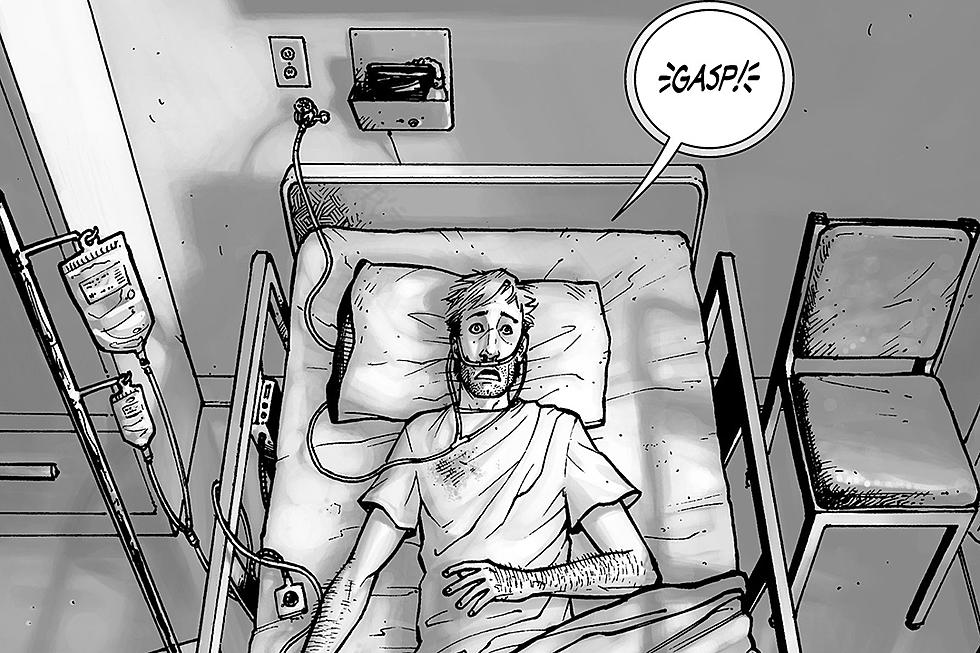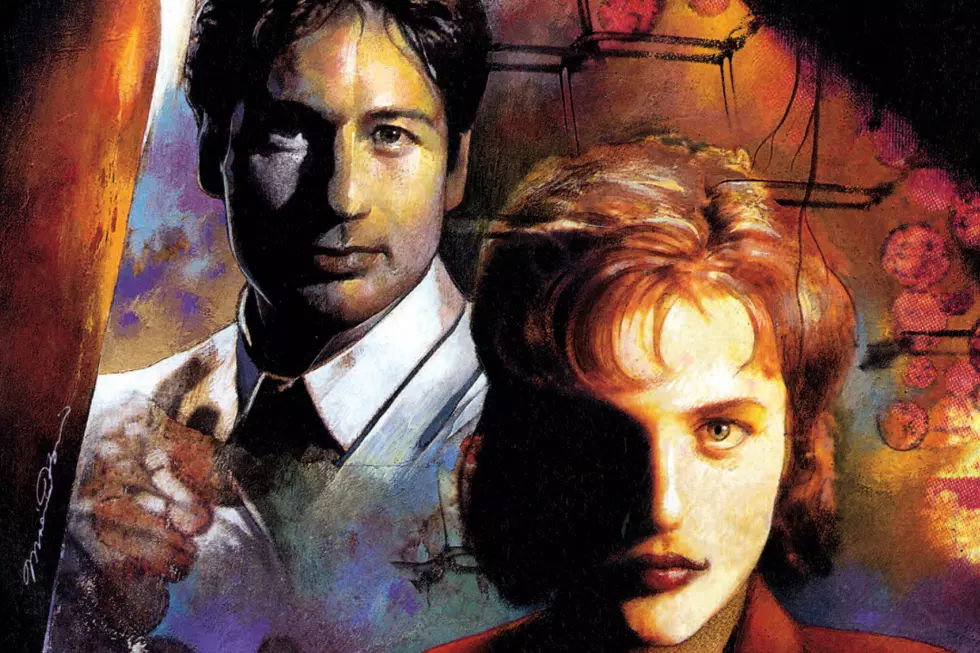
The X-Files Cold Cases #1: ‘One Player Only’
From 1995 to 1998, Topps Comics published a comics tie-in to The X-Files that featured original stories and, among other artists, some of Charlie Adlard's earliest US art. With Agents Fox Mulder and Dana Scully returning to television in January, we're revisiting this classic series and highlighting some of the best stories it had to tell.
The X-Files #13: One Player Only
Writer: Stefan Petrucha
Artists: Charlie Adlard, Miran Kim
Original Publisher: Topps Comics
Current Publisher: IDW Publishing
The X-Files Created by Chris Carter
The big debate, while The X-Files was on, was whether you preferred the one-off monster of the week stories or the stories delving into the conspiracy around UFOs.
I always preferred the monster episodes, and not just because the mythology inevitably began to turn to mush. The monsters had more variety, and took Mulder and Scully all over the United States, kicking over rocks and shining a light on whatever glistened underneath. But more than that, the monsters were unpredictable, and therefore scarier – the chaos of life and what scuttled around the fringes of it being in some ways the antithesis of conspiracy theory.
But they were no less essential to the show's appeal. The idea that nothing was random was just as scary as the thought that everything was random; that outside of our small patch of normalicy lay things we couldn't comprehend.
And there are few things in modern life more random and senseless than a mass shooting.
Dammit Mulder. There's a time and a place.
"One Player Only" leads Mulder and Scully to a shooting incident at a video game company. The shooter, Robert Capek, had mental health issues, and Scully chooses to believe that this, plus his being surrounded by virtual violence, may be why he snapped. Capek, however, claims not to have shot anyone, but rather, says he was controlled by an outside force – a computer program he was working on.
A big draw of the 1990s X-Files comics is the sensational art by Charlie Adlard, and this story is one of his best. He covers the art taking place in the "real world," while everything related to Praetorious (the computer program in question) is handled by cover artist Miran Kim, who has a markedly different style. The clash of the two underscores the theme of the story; that there is something inside of Robert Capek that does not belong there.
Praetorious, the computer program that Capek claims to be possessed by, was developed by the video game company as an AI project to create a program with, for lack of a better term, artificial emotions, to help form emotional bonds with the player. The chat program Eliza is namechecked, as is the tendency of its users to form an emotional attachment to what was a fairly simple program.
The idea of a video game company being on the cutting edge of theoretical programming is less far-fetched now than it may have been in the 1990s, and what's sadly not far-fetched at all is one of the twists in the story – that the company Capek worked for had ties to the military, a connection that has turned into life imitating art.
A standout sequence in the comic is the intro, which is a first person perspective on Capek's execution of four people. This is all Miran Kim's work, giving the human figures features that are recognizably human, then rendering the very real violence as abstract – the wounds appearing on them are egregious but unrealistic. Completely unaltered are the voices as the victims beg the shooter not to kill them – and Miram's artwork focuses the pleas on us, making us a rider in Capek's head just as Praetorious is.
At the time of the comic's release, the first person shooter as a genre was only starting to take off, spurred by the release of the first two Doom computer games. Those in Western society prone to moral panic pointed to video games as the source for an oncoming generation of murderers. Those fears have not been borne out, but all the same: it's hard sometimes not to wonder what effect all this has on our psyches, even if the effect may not be what anyone – evangelist or naysayer – predicted. The crucial point of any critique of the themes of entertainment and art is that what we watch, read and play can influence us in ways we aren't expecting, stealing its way into our heads the way that Praetorious finds its way into Robert Capek's.
Nothing is cut and dried in the psyche of any mass shooter, of course, and details soon emerge that Capek may not fully be innocent himself. Like many of the best X-Files stories, everything is ambiguous, and concrete answers elude our agents. We know with sad certainty that there will be further mass shootings, and with that knowledge comes that same senselessness, helplessness, and lack of easy answers.
More From ComicsAlliance

![Rogues’ Gallery: Who Is The Ultimate ‘Walking Dead’ Villain? [Poll]](http://townsquare.media/site/622/files/2017/01/TWD-Vote.jpg?w=980&q=75)







